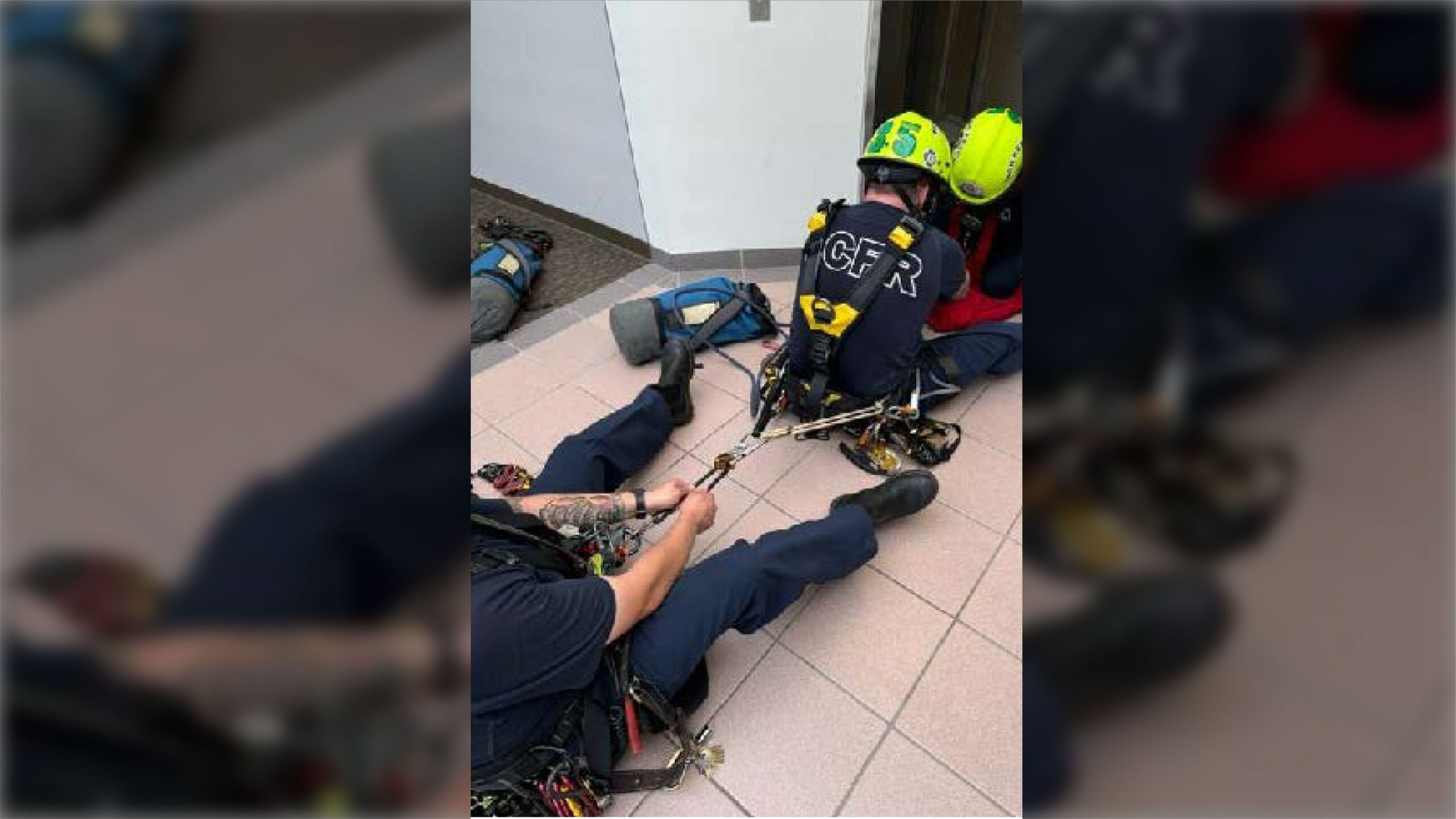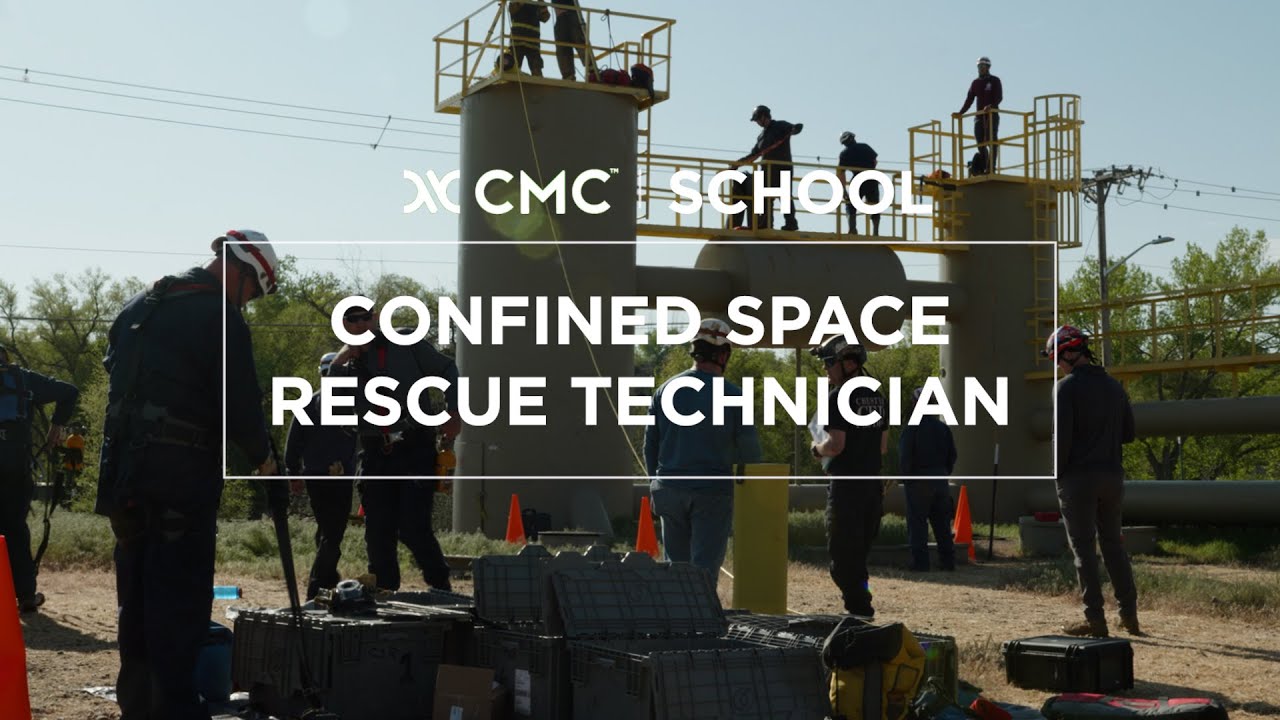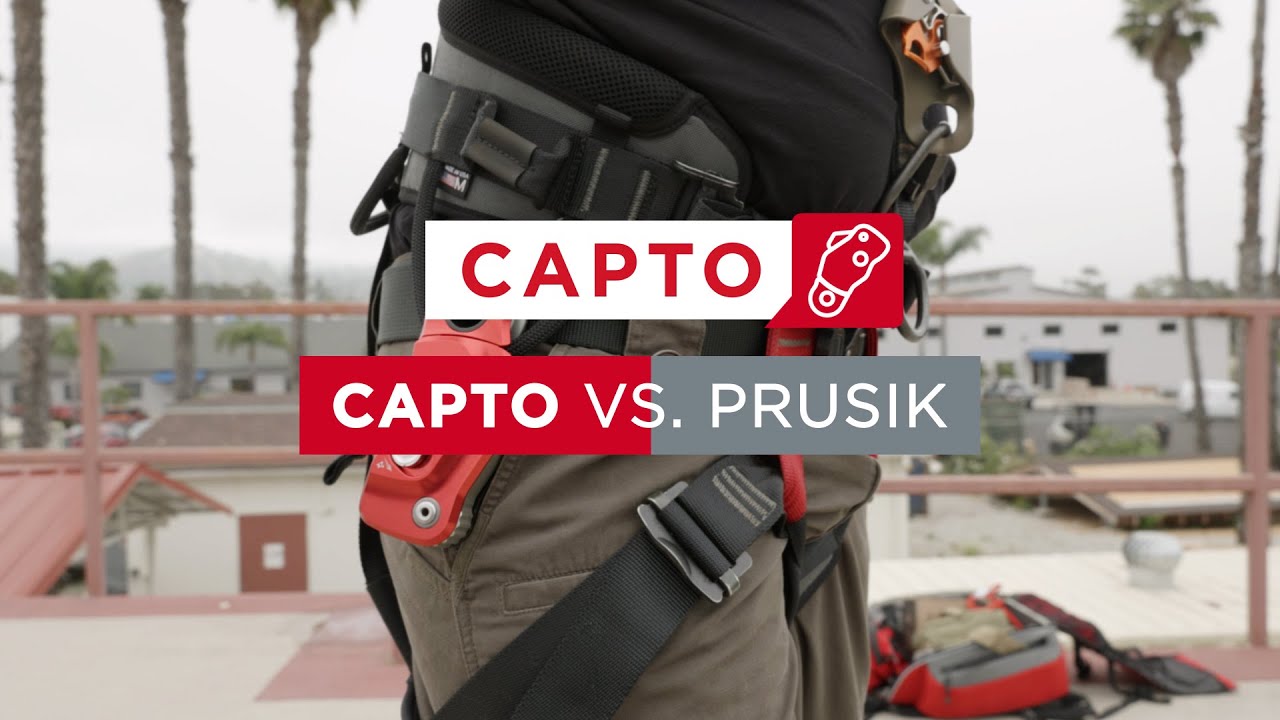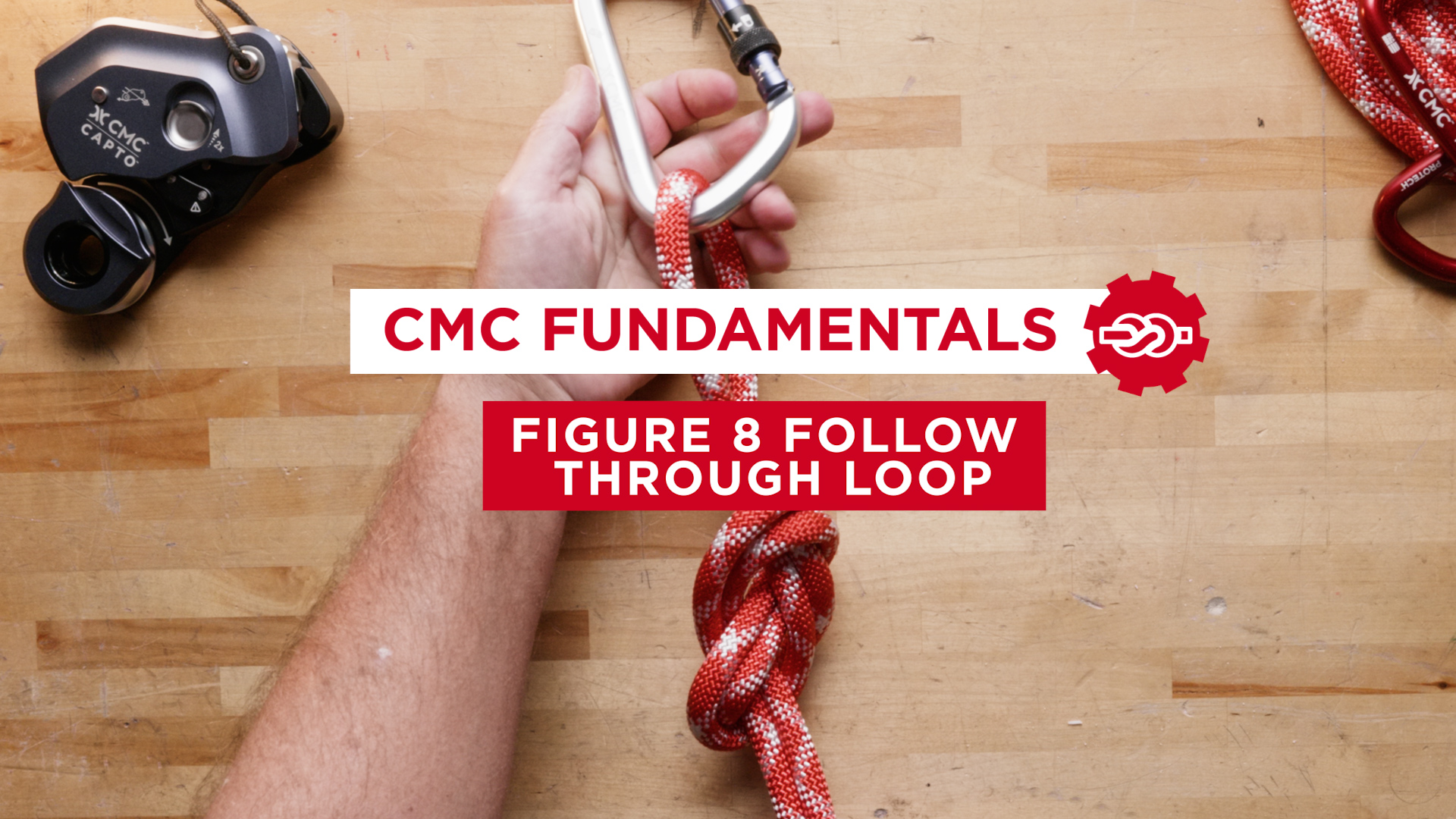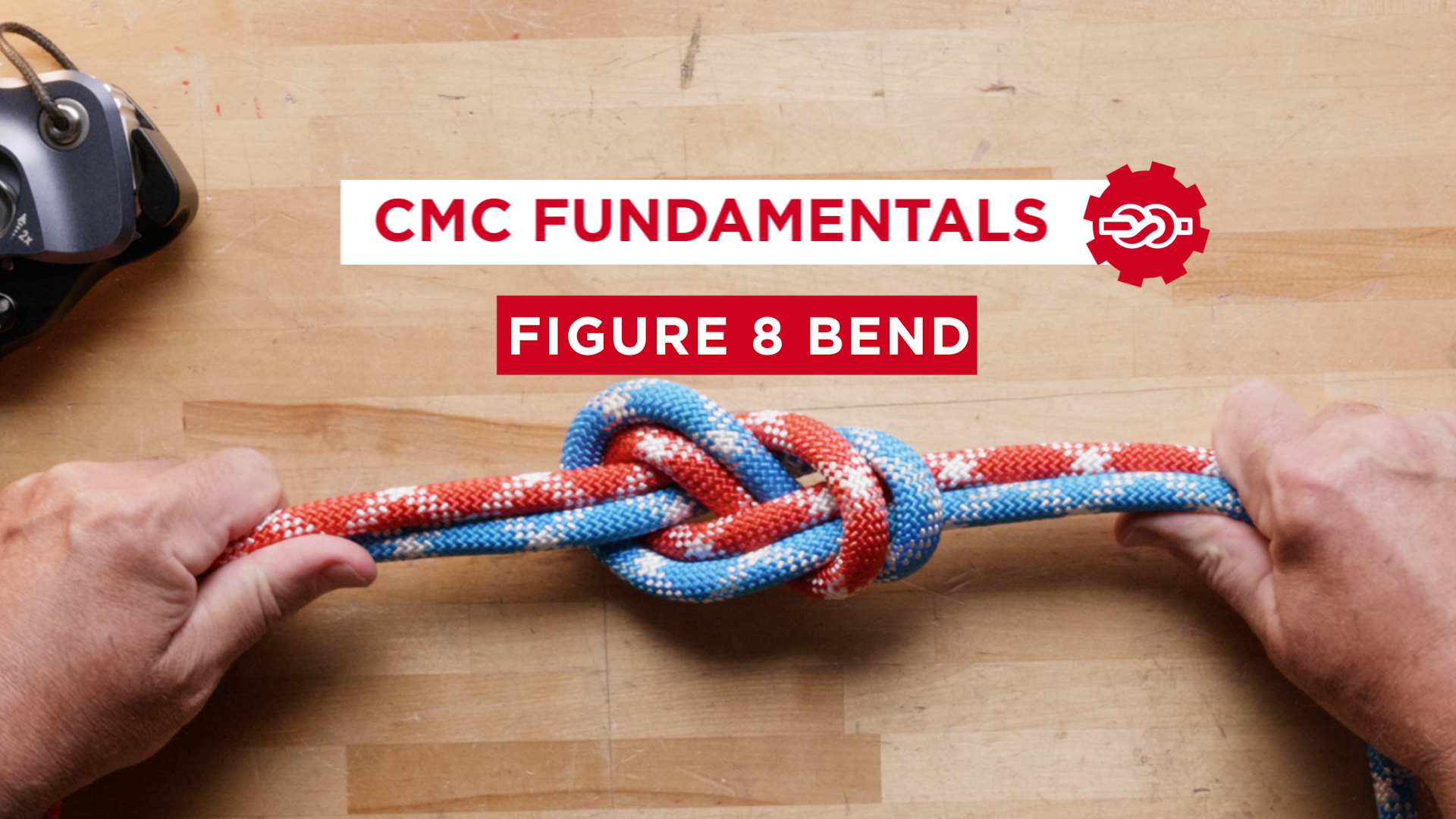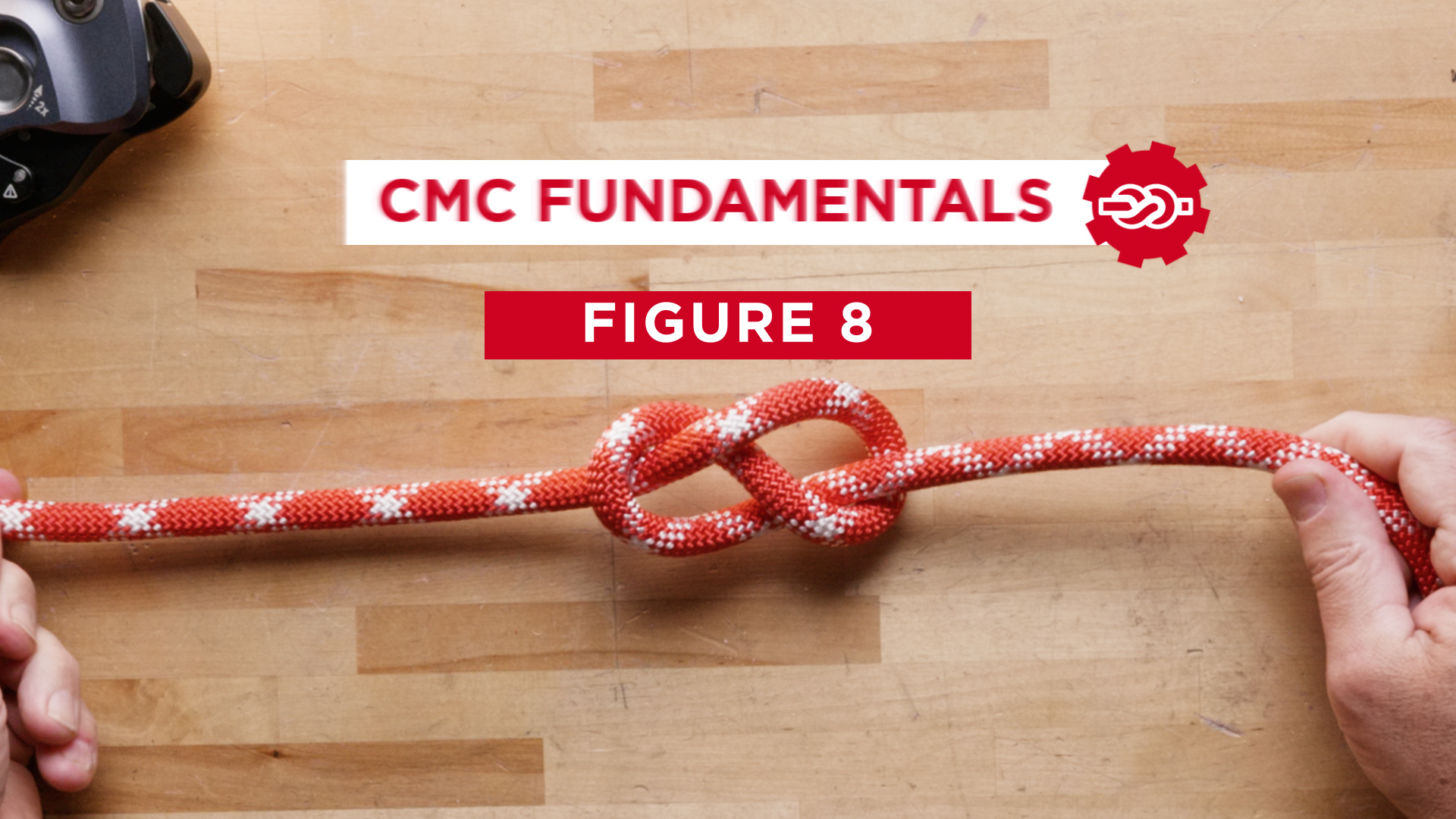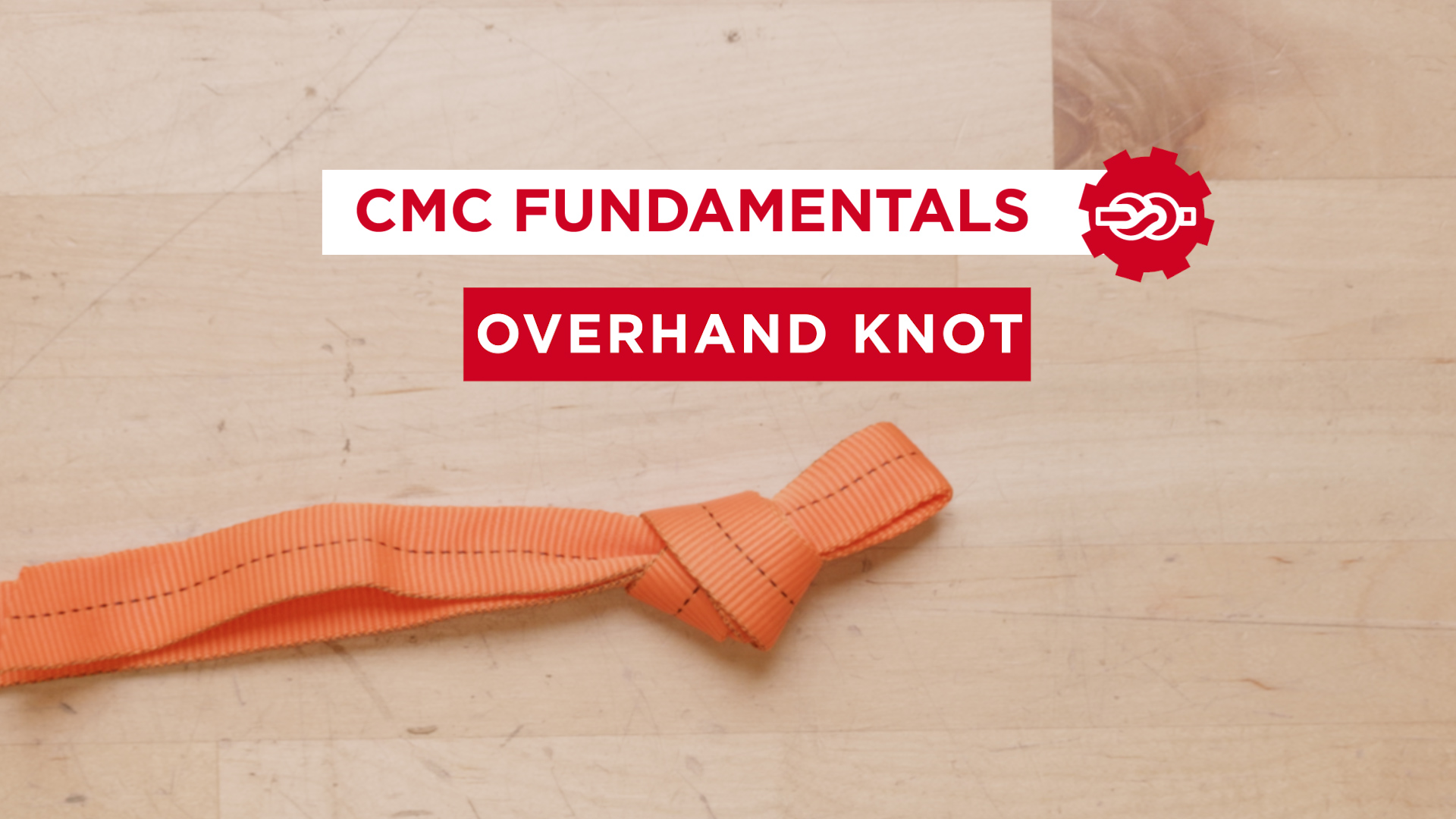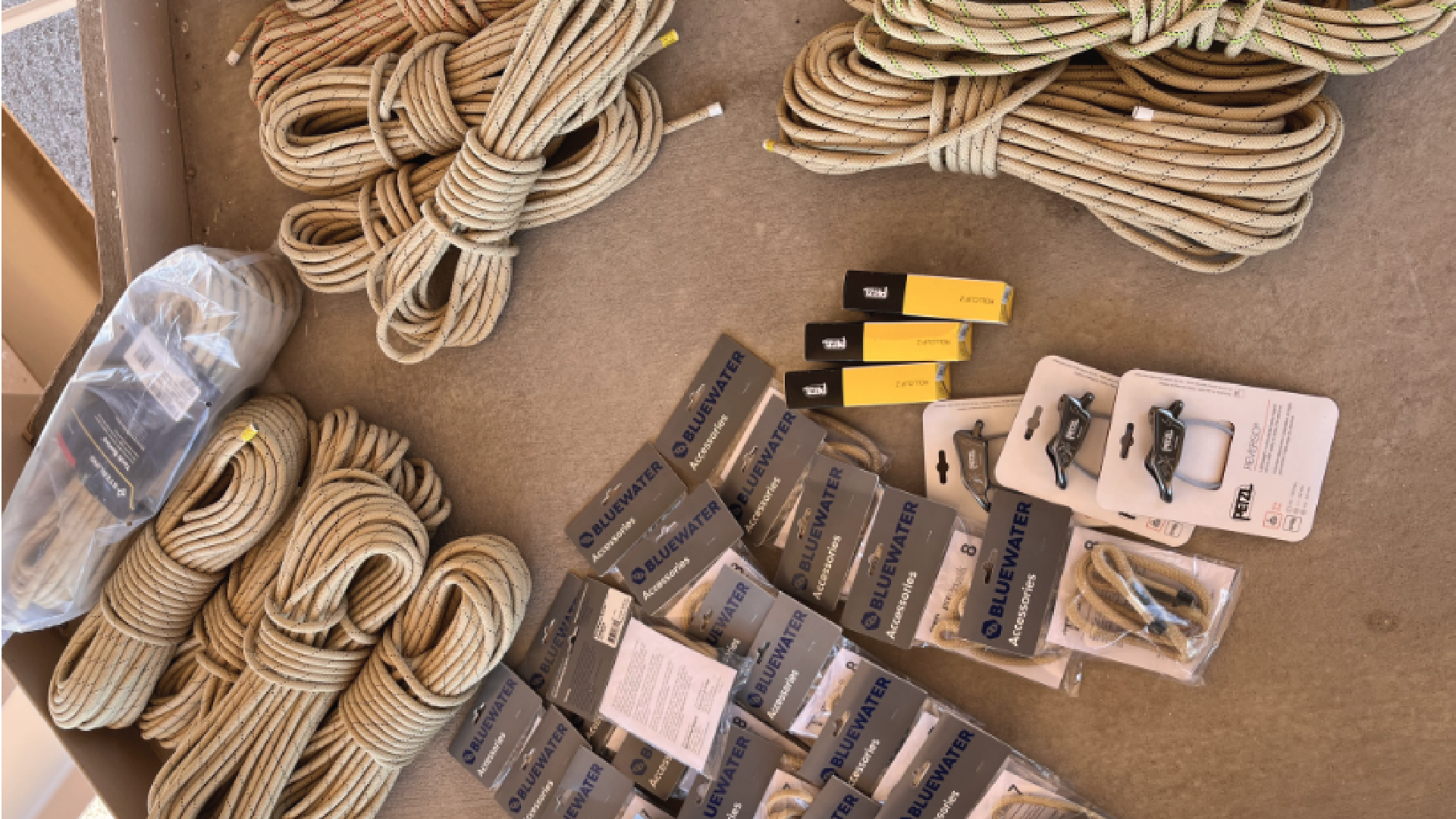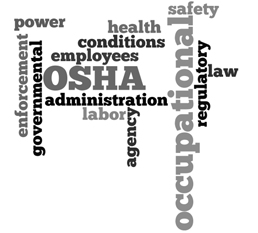
What’s The Difference Between ANSI and OSHA?
Twice a year, Vertical Access representatives attend meetings of the ANSI Z359 committee to assist in the creation and modernization of fall protection standards. The ANSI Z359 suite of standards addresses just about all forms of fall protection equipment (harnesses, carabiners, lanyards, fall arrestors, etc) and associated work practices (rope access, rescue, management of fall protection programs, etc). Before and after these meetings, we often field questions on the difference between ANSI and OSHA. This article provides a brief overview of the two organizations and the documents they produce.
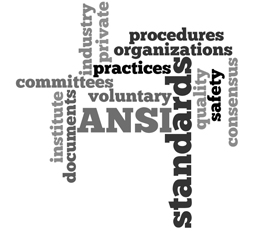
Technically speaking, ANSI itself does not develop standards. Instead, ANSI develops and administers the procedures by which other organizations can create the actual standards. ANSI will then accredit committees formed by other organizations and ultimately approve their documents as American National Standards. These independent organizations are referred to as the secretariats to the ANSI accredited committees. For example, the American Society of Safety Engineers (ASSE) acts as the secretariat to the ANSI Z359 Committee, the committee that Vertical Access serves on to create fall protection standards.
The Occupational Safety and Health Administration (OSHA) is a governmental agency that was created by Congress in 1971 as a subset of the Department of Labor. Contrary to ANSI, OSHA’s mission is to assure safe working conditions for employees by “setting and enforcing standards”. This enforcement aspect of OSHA is its primary distinction from ANSI. Many OSHA regulations address similar topics as ANSI standards (e.g. fall protection), but where ANSI standards are voluntary, OSHA regulations are law.
ANSI standards, however, can be adopted by OSHA and become law in two primary ways. Explicitly, OSHA can reference specific ANSI (or any other organization’s) standards in OSHA regulations. This is referred to as “incorporation by reference”. Implicitly, OSHA can require adherence to ANSI standards through the General Duty Clause, which states, “Each employer shall furnish to each of his employees employment and a place of employment which are free from recognized hazards…” This clause allows OSHA to cite employers for hazardous conditions that are not directly addressed by OSHA, but are addressed by other industry standards.
To recap, ANSI is a private organization that creates voluntary standards, while OSHA is a regulatory government body that has the power to write ANSI standards into occupational law.

